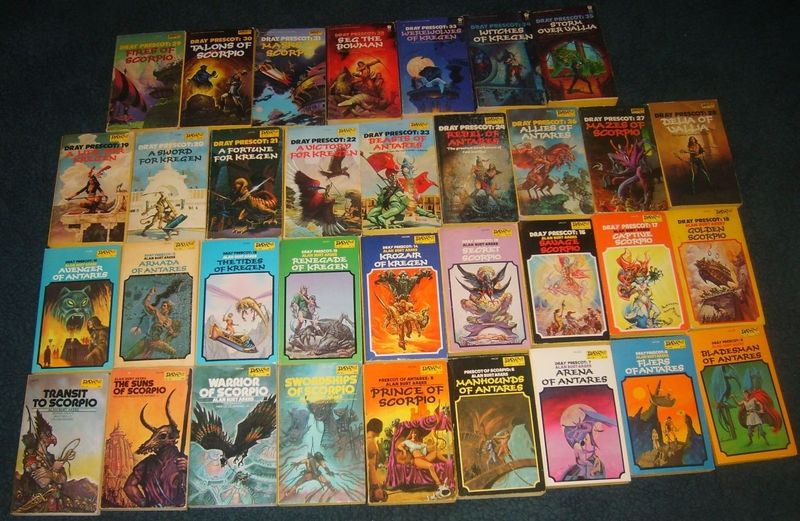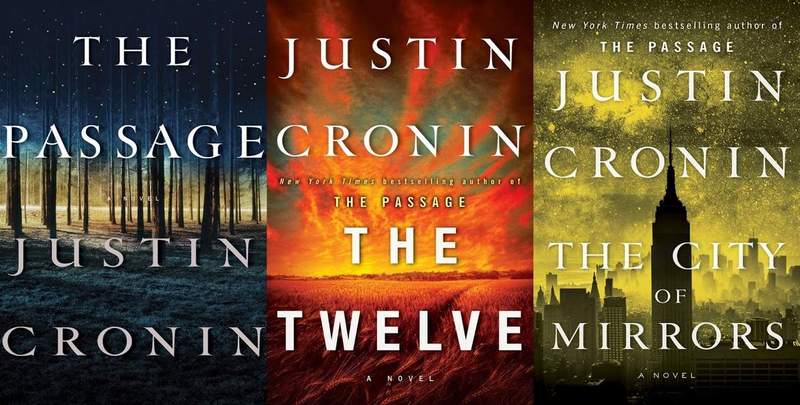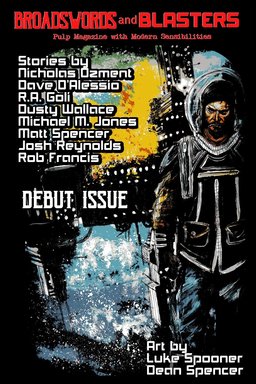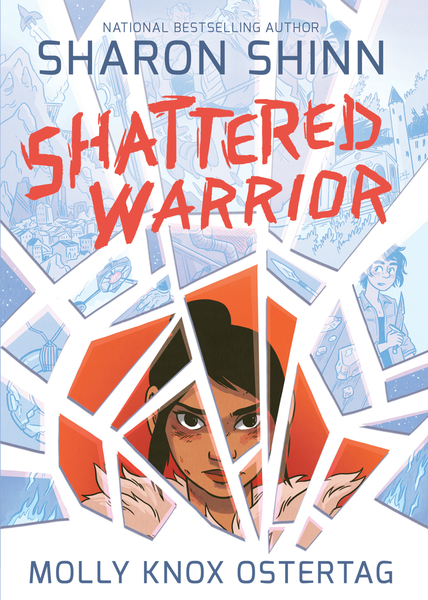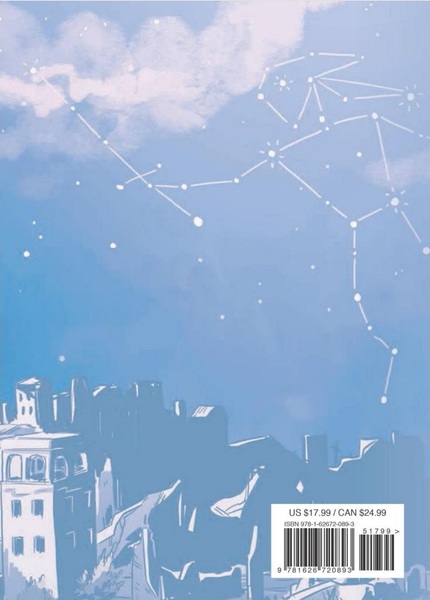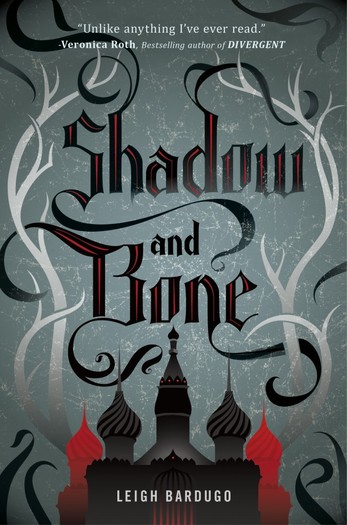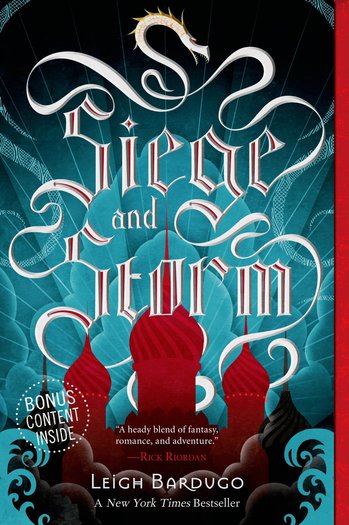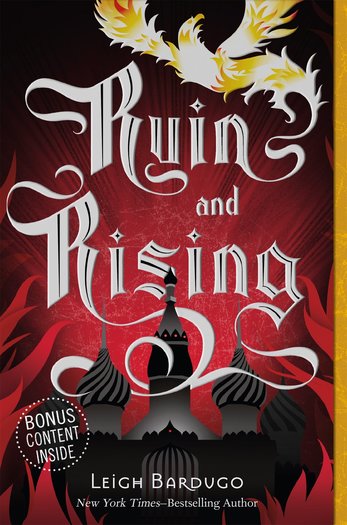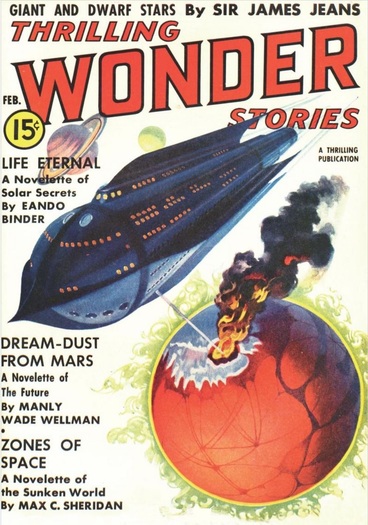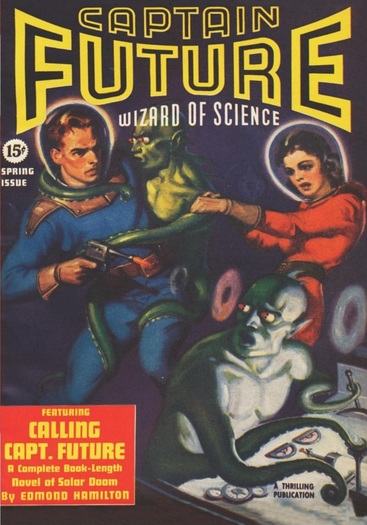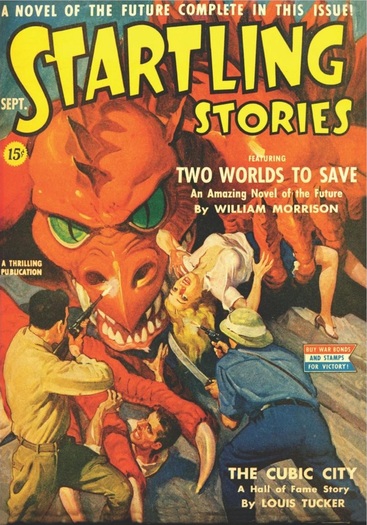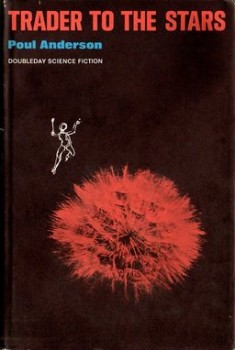 I have no idea which Poul Anderson book I picked up first. It might have been The Winter of the World or Hrolf Kraki’s Saga. Whichever it was, I enjoyed it. It was enough to get me grabbing books at random from the big stack of his work my dad had bought. I’ve read a ton of his books, but with nearly seventy novels and sixty short story collections to his name, I still have plenty to go.
I have no idea which Poul Anderson book I picked up first. It might have been The Winter of the World or Hrolf Kraki’s Saga. Whichever it was, I enjoyed it. It was enough to get me grabbing books at random from the big stack of his work my dad had bought. I’ve read a ton of his books, but with nearly seventy novels and sixty short story collections to his name, I still have plenty to go.
I’d venture a guess that Poul Anderson, multiple Hugo- and Nebula-winner, is probably better remembered for his fantasy than for his science fiction. Since his death in 2001, it seems his fantasy writing, the seminal swords & sorcery novel The Broken Sword in particular, has acquired a much greater reputation than his sci-fi.
While he wrote many standalone sci-fi novels, a large number were part of a specific future history. The Technic Civilization covers humanity’s spread across the stars, beginning, chronologically, with the story “The Saturn Game” set in the year 2055 and ending with “Starfog” in 7100. The majority of the stories take place during the second half of the third millennium and feature Falstaffian merchant prince Nicholas van Rijn, his agent David Falkayn, or Imperial secret agent Dominic Flandry.
Anderson’s future history stories are a mix of pulp space opera and hard sci-fi. At the heart of many of the stories is an explicit scientific conundrum that needs to be answered. Each puzzle, though, is couched in adventures with alien barbarians, enemy planets, or galactic empires.
Trader to the Stars (1964) collects three van Rijn adventures, “Hiding Place,” “Territory,” and “The Master Key.” Each features van Rijn working out evolutionary puzzles, usually in the face of some grave danger and always in hopes of making a profit. The first two throw the trader into the middle of danger, while the third lets him, Nero Wolfe-like, get to the bottom of a native uprising from the luxurious surroundings of his penthouse.
…
Read More Read More

